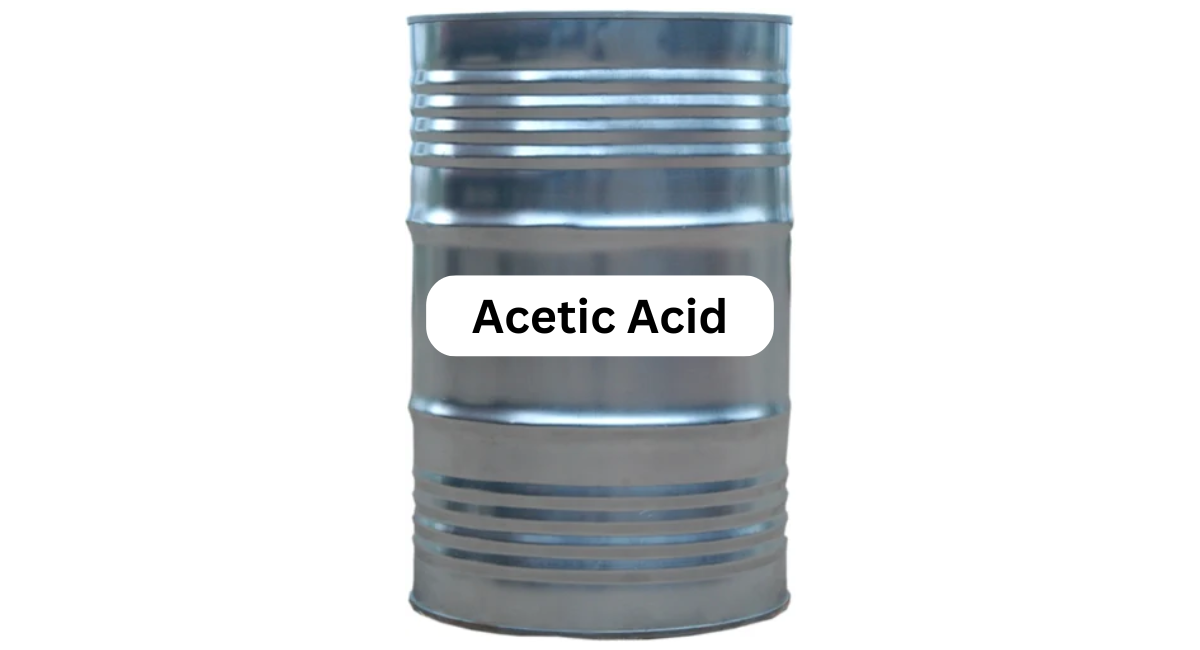Acetic Acid
Acetic Acid is a colorless liquid organic compound with a pungent smell and a strong acidic taste. It is a key component in many industrial processes and is widely used in the production of various chemicals and materials. Acetic Acid is commonly known as ethanoic acid and has a variety of applications across different sectors.
In the **chemical industry**, Acetic Acid is used as a precursor in the production of various chemicals, including acetic anhydride, acetate esters, and vinyl acetate monomer. These compounds are essential in the manufacture of adhesives, paints, and coatings. Acetic Acid's role as a reagent and catalyst makes it crucial in chemical synthesis.
The **food and beverage industry** utilizes Acetic Acid as a key ingredient in the production of vinegar. Its ability to impart a sharp, tangy flavor makes it a valuable addition to culinary products. Acetic Acid is also used as a preservative in food processing, extending the shelf life of various food items.
In the **pharmaceutical industry**, Acetic Acid is used in the formulation of several medications and as a reagent in pharmaceutical synthesis. Its role in producing acetic derivatives and its application in various formulations make it a significant compound in drug manufacturing.
Acetic Acid is also employed in the **textile industry** for dyeing and printing processes. Its effectiveness in adjusting the pH of dye baths and its role in fixing dyes onto fabrics contribute to high-quality textile production.
In the **plastics and polymers industry**, Acetic Acid is used in the production of various polymers and resins. Its role in synthesizing materials like polyvinyl acetate and acetate fibers highlights its importance in creating durable and versatile plastic products.
Despite its widespread use, Acetic Acid must be handled with care due to its corrosive nature. Proper safety protocols and handling procedures are essential to ensure safe use in industrial and commercial applications.

